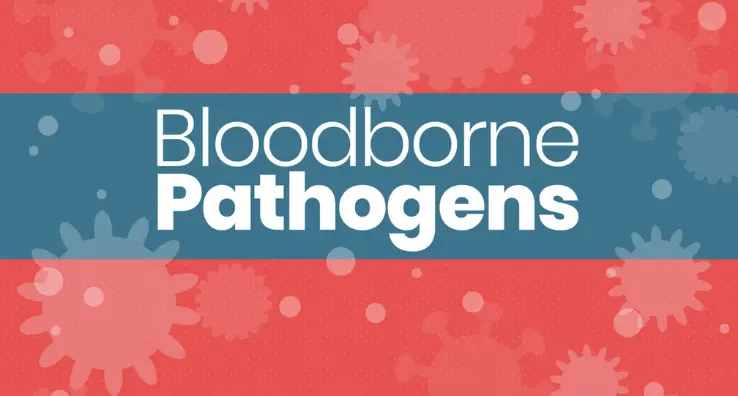How to Prevent Food Fraud: Q&A with Industry Experts

Horse meat in hamburgers, fillers in Parmesan, Italian olive oil that isn’t authentic — these are all prime examples of food fraud. Food fraud is an issue that threatens the viability of food companies and the safety of consumers. Now, suppliers who fraudulently manufacture, label, or sell their product face potential regulatory and legal consequences under FSMA standards. That’s why two experts in food fraud mitigation, Jorge Acosta and Karen Everstine, took the time to answer some very pointed questions about what food manufacturers can do to help them minimize their risk while keeping up with the evolving regulatory landscape.
Are liquid food flavorings considered food additives?
Jorge Acosta: Based on experience, I think food flavorings are actually considered an ingredient, not so much a food additive. Consider flavoring that is common in the baking and confectionery industry — it’s actually considered an ingredient and not an additive.
Is an incorrect country of origin an FDA violation or a FSMA violation? How is that regulated and monitored?
Jorge Acosta: Well, an incorrect country of origin is not actually considered under new FSMA regulations. However, the Foreign Supplier Verification Program is definitely going to include country of origin. It is definitely an FDA violation, but not necessarily one under FSMA rules.
Could the raw materials and/or ingredient risk analysis be included as part of the food defense program?
Jorge Acosta: The actual FSMA regulation requires facilities to evaluate the overall hazard for a substituted ingredient as part of their food safety plan. In this case, the hazard analysis will have to consider the level of risk for ingredients. I think there are other risks associated with the ingredients, especially when they are sourced from abroad. Foreign suppliers can be at risk for intentional sabotage — that’s what British Retail Consortium (BRC) takes into consideration.
Ultimately, facilities will have to determine how easily an ingredient is accessible within the supply chain. Certainly there will be some areas that will have to be assessed as part of food defense, but the overall risk associated with the ingredient itself will be identified through hazard analysis as a part of the food safety plan.
{{cta(‘7fd09bdc-35cf-4b6e-abd1-babdc623d910’)}}
Can you help us understand what the types of hazards the FDA really focuses on and whether they’re required for FSMA or the Food, Drug, and Cosmetic Act?
Jorge Acosta: Basically, the FDA under the preventive controls regulation, is primarily concerned with food safety — whether an ingredient has been either substituted or adulterated and will result in a food safety issue. For instance, if there is misbranding or misrepresentation of a product, it will not be an issue under the new FSMA regulations, but it will be a deviation from other regulations such as the Food, Drug, and Cosmetic Act for preserved products. They are really two different things. The main concern with preventive controls will be food safety issues.
What do you predict the future will be with regard to food fraud? Do you think regulations and legal issues will tighten?
Karen Everstine: I don’t ultimately know what the answer is. I think to some degree it’s fair to say that FDA was conservative in the regulations that they put in place around food fraud since they did limit it to the issue of hazards. GFSI, BRC, and others are taking a little broader approach to that, but honestly I think a lot of it still might come down to consumer pressure. I think the future will be either industry-driven or consumer-driven, or a combination of both.
If a food fraud incident does not harm consumers, does the company still face potential litigation issues?
Karen Everstine: I think the bottom line is it depends — it depends on the situation, and it depends on what the issue is. There are instances where food companies have brought litigation against another food company because they feel like fraud is an infringement on their bottom line or somehow damaging to their company. To answer your question, it’s sometimes yes and sometimes no.
Jorge Acosta: I would agree with Karen. I think litigation issues may not necessarily come about because of FSMA preventive controls regulations, but they certainly might under the labeling act where companies will have to declare actual ingredients or actual components of food products. I would agree that it will depend on the situation. Most likely, litigation would not come about as a consequence of preventive controls requirements if a company is misrepresenting an ingredient.
A lot of the changes with FSMA focus on preventive measures. With this in mind, what are the first steps that an organization should take to ensure that they’re compliant with FDA and BRC food fraud requirements?
Jorge Acosta: Well, I think the first thing they should use is USP’s database. I think it’s a great tool because there were really not many tools available for the industry before the USP database was developed. The first thing that I normally tell facilities is to try and determine whether or not their ingredients fall under the most commonly substituted ingredients. When you search the web there’s usually a list of what the industry likes to call the “10 most commonly substituted products,” and these could include honey, milk, spices, tea, orange juice, etc.
Second, determine whether or not the ingredients your facility is processing are known to be substituted, then try to identify the source of the ingredient; i.e., if it’s coming from a potentially high-risk area or supplier. Know the overall risk for the various ingredients you handle.
Does USP have a list of the most commonly adulterated food ingredients?
Karen Everstine: There’s actually a publication that came out around the data in the USP database that listed the most commonly adulterated ingredients. There is also a report that came out a couple years ago that looks at all the databases out there, the Congressional Research Service Report on “Food Fraud and Economically Motivated Adulteration.”
Is the Labeling Act different from the Food, Drug, and Cosmetic Act? Also, how do you verify and validate a food fraud plan?
Jorge Acosta: The Nutritional Labeling Act, which was published to make sure that the original label actually includes all ingredients, is a little bit different from the Food, Drug, and Cosmetic Act, where you have to declare the actual content of ingredients.
How would you verify and validate a food fraud plan?
Jorge Acosta: There are things that each facility can do, and they will come down to supply chain management. Whether it’s testing by your supplier or testing done in-house, you will have to be able to verify and validate that necessary testing has been done. A PCQI candidate we recently trained processes honey, and as we know, honey is known to be very high-risk for substitution with corn syrup or C3/C4 sugars. What their company does is test each incoming load of honey for its origin. That’s one thing the facility was doing in addition to testing that may or may not have been done by the supplier. Conduct the actual test, then test randomly based on risk or known economic factors.
ABOUT THE EXPERTS:
Karen Everstine, Ph.D.
Karen Everstine is a Scientific Liaison with the Food Program at United States Pharmacopeial Convention (USP), where she advances the development of food fraud mitigation tools and resources. As the lead scientific liaison for USP’s Expert Panel on Food Adulterants Hazard Identification, Karen works to identify food fraud adulterants that pose a potential health threat to consumers. In her previous work, Karen led multiple food fraud research projects at a Department of Homeland Security Center of Excellence.
Jorge Acosta
Jorge Acosta is Alchemy’s Director of Technical Services. Jorge is a certified auditor and trainer for BRC Food, BRC Storage & Distribution, BRC IOP, SQF, and FSSC 22000. He has consulted and audited food companies in 25 countries and counting over a variety of sectors within the food system. He brings over 20 years of food industry experience to Alchemy with a BS in Food Science.





